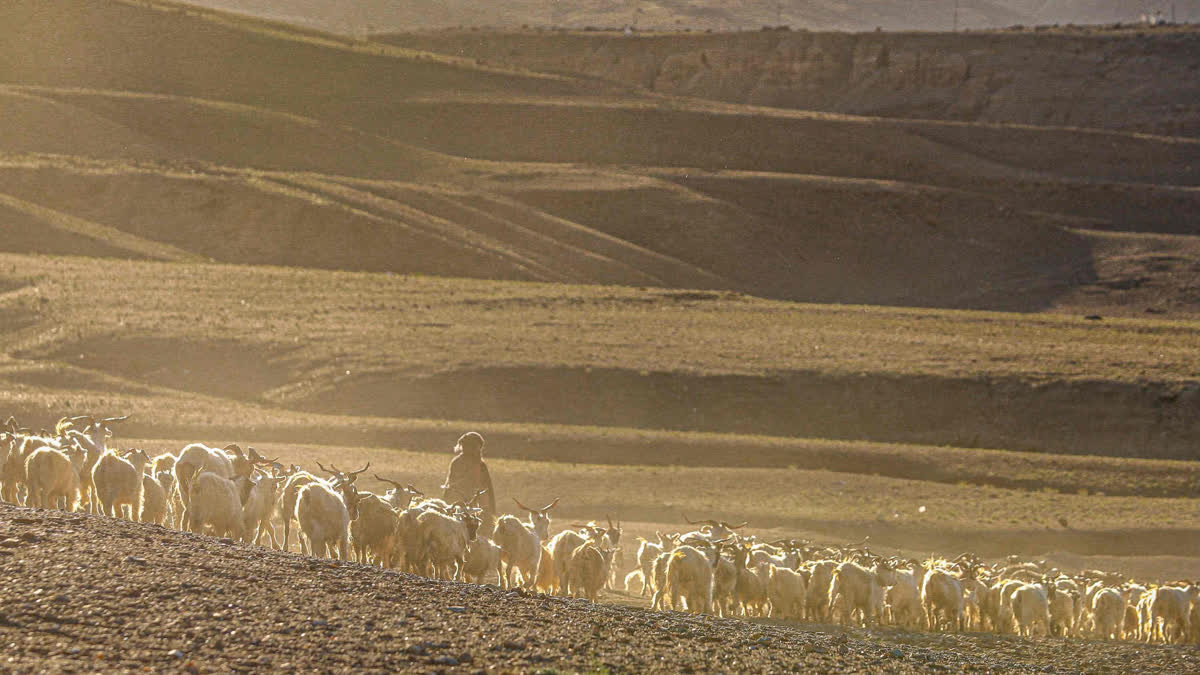Ladakh: Ladakh is home to the world’s finest Pashmina, produced primarily in the Changthang region, with an exceptional micron level of 11-15. Despite securing a Geographical Indication (GI) tag for its raw Pashmina, the region grapples with challenges of authenticity and certification. Despite global recognition, Ladakh struggles to even maximize its economic potential. Local leaders and experts emphasize the urgent need for advanced quality verification processes to preserve Ladakh’s legacy and protect its reputation from counterfeit imports.
“Changthang produces the best Pashmina globally,” says Konchok Stanzin, Councillor, LAHDC Leh. “Last year, we surveyed Pashmina’s micron levels across villages in eastern Ladakh. While we secured a GI tag, counterfeit Pashmina from China and Mongolia continues to flood the market, tarnishing Ladakh’s reputation. Advanced certification processes are critical to preserving our legacy.”
Export Reliance and Local Challenges
Ladakh produces 40-45 tons of raw Pashmina annually, but only 10% is consumed locally. De-haired Pashmina, the final product used for luxury items, accounts for just 30% of raw wool after processing. Despite its status as a high-end product, volatile global market rates and reliance on middlemen limit the profits for Ladakhi producers.
“Most raw Pashmina is exported to Kashmir, Delhi, and international markets, where demand and prices are higher,” Stanzin explains. “This dependence leaves little benefit for grassroots growers. We must focus on value addition—processing raw wool locally and empowering Self-Help Groups (SHGs)—to maximize returns for our people.”
While Ladakh’s Cooperative Marketing Society supports producers, a significant portion of wool is sold informally through middlemen. According to its President Dorjay Stanzin, some families in Kharnak earn as much as ₹15 lakh annually from Pashmina sales, but the lack of transparency and accountability prevents the industry from reaching its full potential.
Traditional Livelihoods at Risk
Ladakh’s semi-nomadic herders, who have sustained Pashmina production for generations, are increasingly seeking alternative livelihoods. As tourism and labor jobs offer higher incomes, livestock rearing is declining. The migration of families from Kharnak to Leh city highlights this shift, leaving fewer herders to manage Changthang’s vast pastures.
“Livestock management is becoming less appealing to the younger generation,” says Stanzin. “If we don’t make herding profitable, traditional livelihoods may disappear. By creating opportunities in value-added Pashmina production and dairy products, we can ensure sustainable incomes for our communities.”
